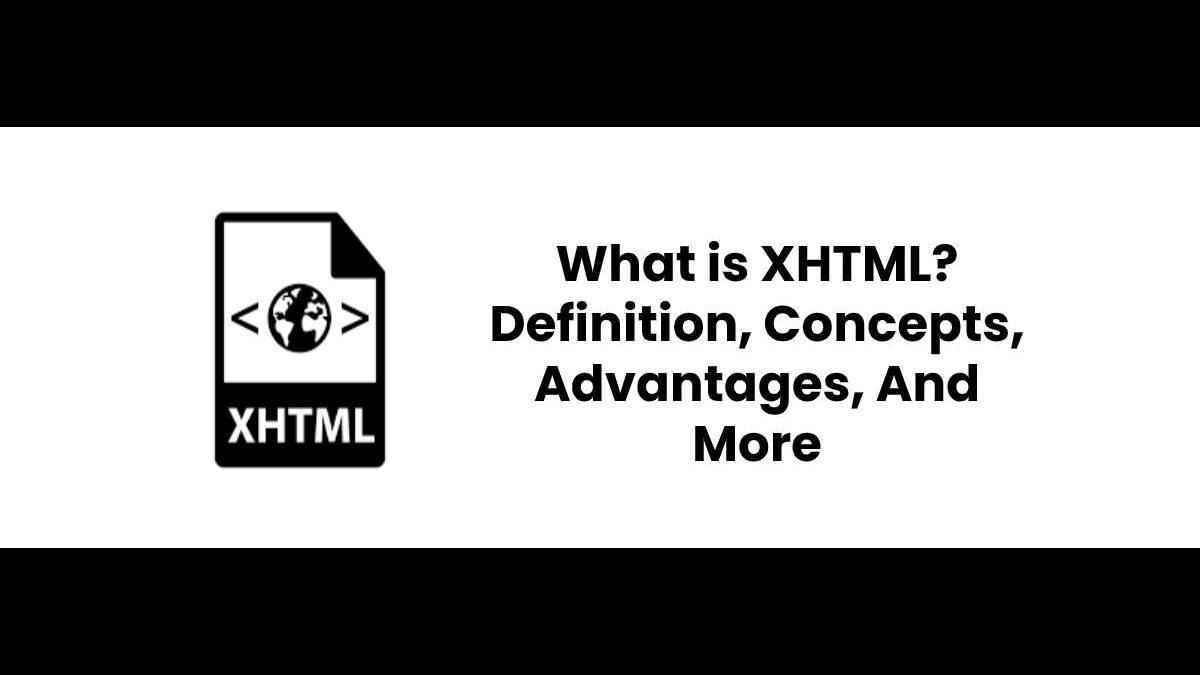Table of Contents
Definition XHTML
XHTML is an acronym for the expression of Extensible Hypertext Markup Language. In our language, we can translate this phrase as Hypertext Markup Language Understood.
These ideas belong to the field of computing and linked to the Internet. XHTML is a language that adapts HTML to XML. In other words: it is an adaptation of the HTML language to make it compatible with the XML language.
The Concepts of HTML and XML
XML is also derived from SGML and used for data storage. This language (or metalanguage) enables the definition of the grammar of various languages. Contributing to the structuring of information and providing support to databases.
What XHTML does is make both languages (HTML and XML) compatible. In this way, it maintains most of the characteristics of HTML, although with elements from XML. XHTML, provides greater robustness and adaptability, making it important for the development of Web 3.0 thanks to its type of coding.
Other relevant information about XHTML, and which is worth knowing to understand its importance are the following:
- It has the particularity that it can include other very relevant languages such as SMIL, MathML, or even the one that responds to the SVG name.
- To functioning optimally, the elements such as lowercase labels must be present and used appropriately, which are attributes of values that appear in quotation marks, well-nested elements.
- The labels used in this language that concern us come to indicate how the elements that shape a specific page have to appear.
- The attributes that are also basic within the XHTML determine the appearance of the page in question is.
XHTML is the language that, derived from SGML, is used for creating web pages. Through this markup language, designers indicate how to develop pages. What browsers that users use, such as Mozilla Firefox, Google Chrome, or Internet Explorer, do is interpret this content developed in HTML and display it in such a way that people can interpret it (such as text, images, etc.).
Advantages
- Documents created with it turn out to offer high performance.
- It is always very simple.
- Not less remarkable is the fact that it allows excellent ease when undertaking what the direct edition of the code in question is.
- It is a language compatible with different standards.
- Make use of XHTML allows you to use current tools that offer better performance than those of other languages.

